- home

- Publication & Resources

- Blog
- Mending The Gaps after the WORST CALAMITY IN NEARLY 100 YEARS

Mending The Gaps after the WORST CALAMITY IN NEARLY 100 YEARS
CASA India brings to you the coverage on The Great Kerala Deluge in two separate editions. Our staff and reporters reached the worst hit and interiors regions of all seven majorly flooded districts of Kerala. Witness the tragic stories of loss and fearless narratives of recovery and hope through our eyes.
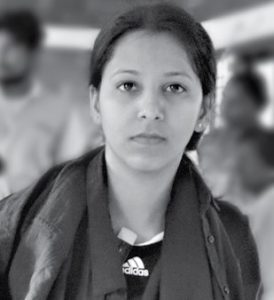
By Isha Banerjee
Ground Reports – CASA Communications
This time it rained until the towns were submerged in several feet of muddy water. The initial footages of the August flooding in Kerala were a clear indication of the nature’s rebellion against human greed. On some accounts, the residents recollected of being caught unaware of the flood water gushing overnight inside their house. Some woke up only to spot vipers and toads crawling in the waist deep mushy water within their bedrooms.
The rains in August was far from normalcy; instead a few millimetres above to achieving the mark of the worst disaster since 1924. Tourism, agriculture, small-scale businesses and other sectors – all were badly hit.
It gets far worse when one travels across the Kuttanad basin, popularly known as ‘Kerala’s Rice Bowl’, and could hardly distinguish the paddy fields from water bodies. Eulogised for its beauty in Arundhati Roy’s Booker-winning novel, God of Small Things, situated below sea-level, the Kuttanad region, was one of the worst affected areas that even today bears the marks of devastation on its farmlands, houses and people.
She is a Land Blessed with Water Who fills the pockets of Kerala, She is Idukki – a popular Malayalam song beautifully pens down the description of the hilly district of Idukki which is worldwide famous for its spices, tea cultivation and wildlife sanctuary.
Idukki is also home to some of the major dams which, when their sluice gates were opened after their water level came to the choking points, caused unprecedented destruction all over the state. In an interview with media, Kerala Power Minister MM Mani said “What our forefathers built in the past 100 years, to take Idukki to where it was, has been washed away. Idukki has gone back by 40 years.”
No one expects a disaster. Neither did the southern coastal state of Kerala. The story of Kerala has gone beyond the human toll, the heroic rescues, the material obliteration; it has become more about human’s lost battle with the nature and her forces – once again a constant reminder of how we are threatening the very existence of our being. It has been four months after the great deluge; and the streets, the houses, the public properties, the agricultural fields and the debris, all speak of the daunting scars left behind. 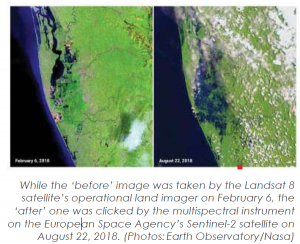
Residents are yet to come to terms with the loss, while some still wish it to be an unfortunate dream witnessed with their open eyes. It was the worst calamity in nearly 100 years, and so, the flood took away the lives woven together bit by bit by the hardworking communities over the 100-year span. Each day, clearing debris or the sheer volume of waste brings the realisation of the ferocity of the disaster.
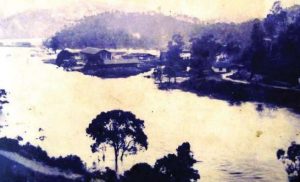 Kerala Deluge brings back memories of 1924 Floods
Kerala Deluge brings back memories of 1924 Floods
The Malayalam year 1099 (ME), or what was 1924 in the Gregorian calendar, is often considered to be a landmark moment in Kerala’s history. The deluge occurred when Periyar River overflowed in July 1924 because of heavy rainfall that lasted almost three weeks. In 1924, the flood waters had submerged Thrissur, Ernakulam, Idukki, Kottayam and Alappuzha. Though the rainfall recorded in 1924 was far lesser in comparison to what Kerala has received this year, the impact of the deluge was no less. Several records of the flood provide a glimpse of the gruesome conditions in which people of Malabar were caught.
 ESCAPING LANDSLIDES
ESCAPING LANDSLIDES
Sathish & Prasanna
Munnar (Idukki District)
They first shifted to a tent-house a few kilometeres down their concrete house after information started doing round that Idukki Dam has reached its full capacity owing to incessant rains. “Beginning August, we shifted to this tent house which is closer to the main road. We even convinced our neighbours to shift with us. Unfortunately, the landslide in this part damaged our house and washed away our neighbour’s house killing one of their children.” Moved by the death due to the landslide, the couple will stay at the temporary shelter for more days until they make sure the situation is fully under control.
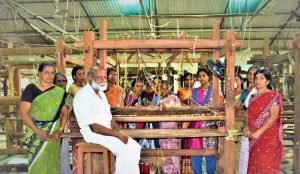 DESTROYED LIVELIHOOD, PEOPLE WAIT TO GO BACK TO WORK
DESTROYED LIVELIHOOD, PEOPLE WAIT TO GO BACK TO WORK
Sojen & his Handloom Society Cooperative
(Ernakulum District)
Secretary of a handloom cooperative, Sojen, and all his 127 employees lost their only source of income when the August floods destroyed the weaving machines, equipments, raw material and finished stock, estimating a total loss of Rs 29 lakhs for their cooperative. Now, two months after the floods, the workers are patiently waiting for aid to repair the damaged weaving machines soaked in mud. “We have been doing this weaving business since 1954 and many women employees are dependent on this income. Livelihood is emerging out to be a big problem for people here,” says Sojen.
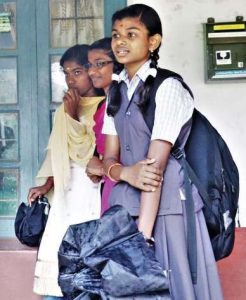 CHILDREN’S LOSS
CHILDREN’S LOSS
Sundried books and notebooks lie on the corner of the streets with schoolbags half buried in mud. This is a casual scene to be witnessed in every district after the deluge. Many school-going children lost their uniforms and paraphernalia. Days after, the students have resumed their classes but without books, stationery, shoes and uniform. Months after, students have resumed their classes, taking whatever little stationery they have inside a plastic bag. “My parents told me that it will take time to arrange for my school material as they are more focused on repairing our house. The first thing that I will buy will be my school uniform and pair of school shoes,” says
Anandhini, from Idukki.
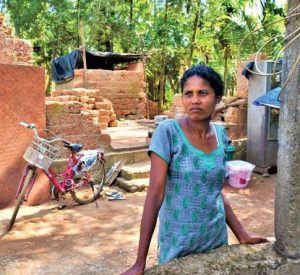 FALLEN HOUSE, LIFE IN MAKE-SHIFT HOMES
FALLEN HOUSE, LIFE IN MAKE-SHIFT HOMES
Prethi
Thrissur District
Of all the four walls of her brick-layered house, only two could withstand the force of flood stream on the night of August 14. “We only left with a bag containing our identity proof documents,” she says adding that they had to rush out of their house as soon as the water started entering house. Right now, the house in which she used to live has ruins of a collapsed roof. Her family could only save a bicycle, some clothes and a steel cupboard. “Wells and bore wells are contaminated with the flood water and we are finding it difficult to get hygienic water for consumption. I don’t want my kids to suffer again,” says Prethi.
 Previous Blog Post PASSING THE LEADERSHIP BATON IN UPPSALA
Previous Blog Post PASSING THE LEADERSHIP BATON IN UPPSALA ‘There was slush everywhere’
‘There was slush everywhere’Featured Post

International Women’s Day -2021
8 Mar 2021
International Women’s Day -2021 is very special for CASA. It’s a delight to announce, CASA with the support of the Church of Sweden has launched an exclusive Gender Desk to emphasise the importance of Gender Justice work. CASA has been working for Gender Justice all throughout and across our constituencies in all these years. Gender Desk comes to add vigour […]

Overcoming Gender and Poverty Barriers
Poverty has been an inevitable problem in India since the beginning of time. The increasing problems of poverty caused by overpopulation and the unequal distribution of wealth among the people have led to a huge impact on the life of millions in the rural as well as the urban area. A person has to acquire […]
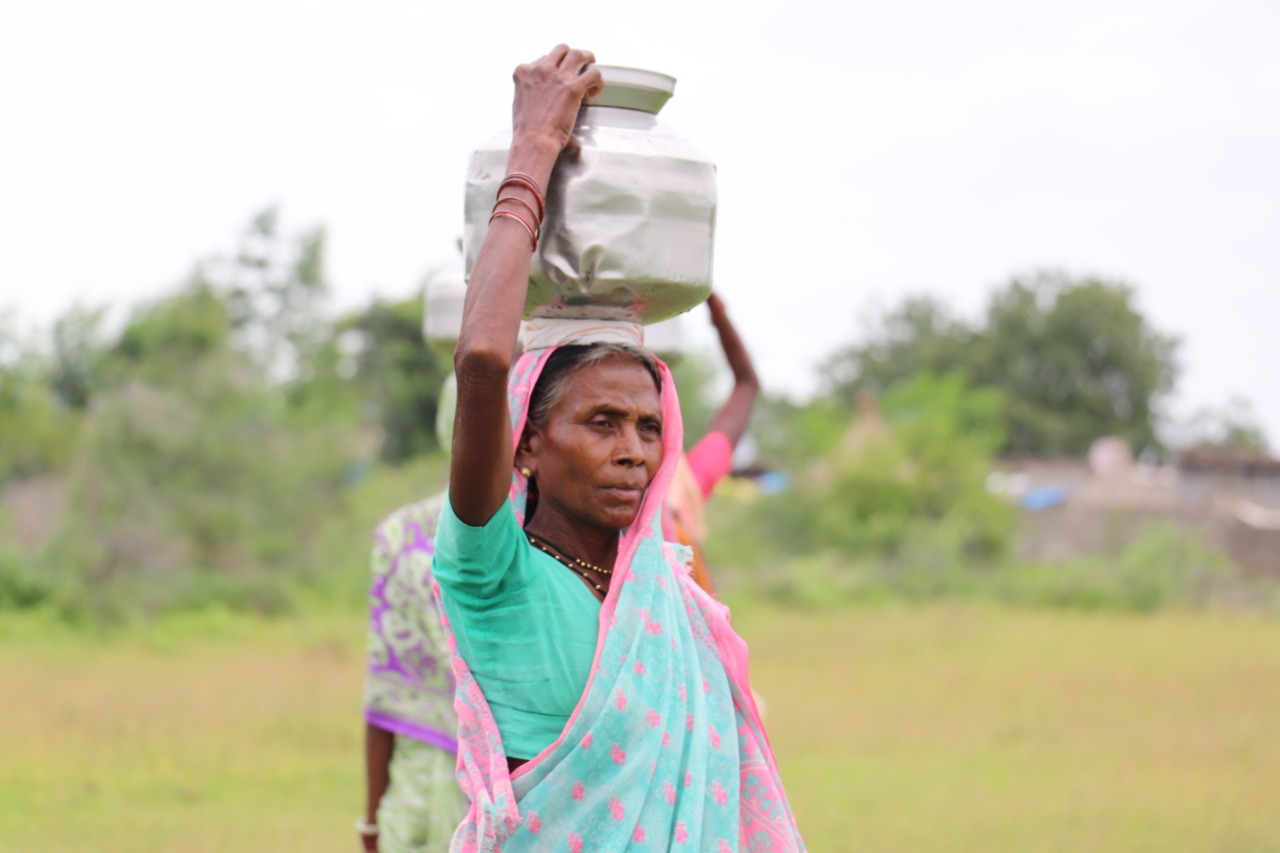
Impact of Climate Change on Women
16 Jan 2021
Climate change is a prevailing problem globally whose hazardous repercussions extend beyond the environment. Shrinking glaciers, extinction of plants and animal species, mutation, rise in the Earth’s average temperature and triggered seasonal fluctuations, are some of the impacts of climate change that have already grabbed the headline. Certain early predictions pertaining to climate changes had […]



